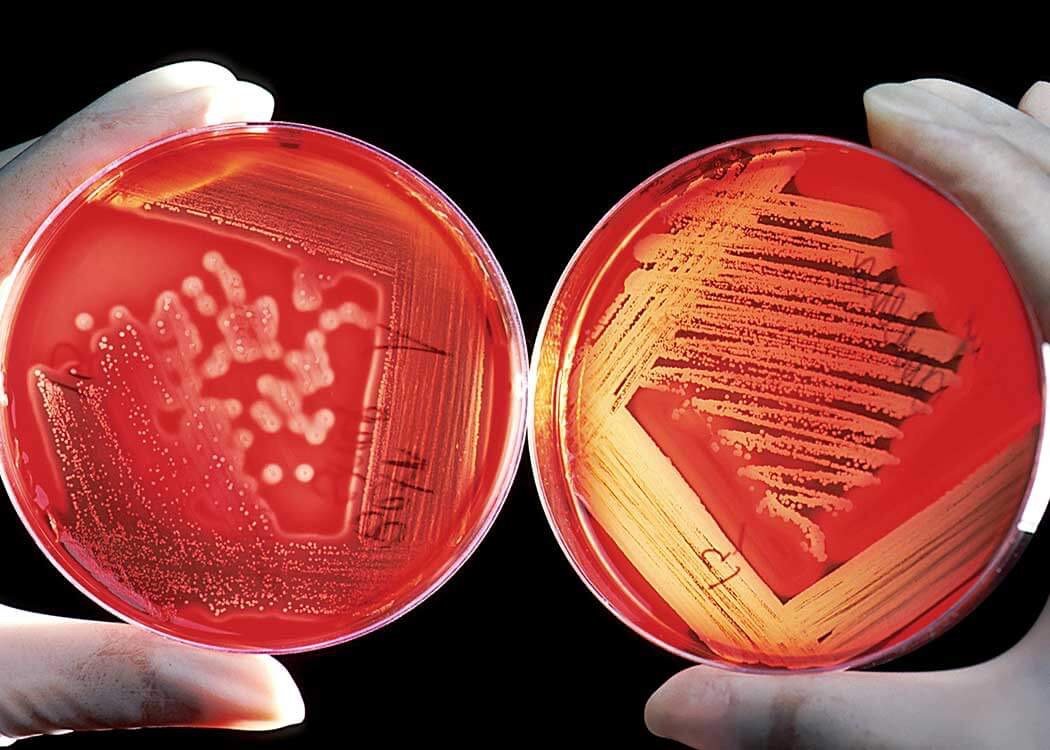Heart disease remains one of the leading causes of death worldwide, and heart attacks can leave lasting damage to the heart muscle. Traditionally, once heart cells are damaged due to a heart attack, they do not regenerate, leading to permanent scarring and reduced heart function. However, recent groundbreaking research suggests that it may be possible to reverse heart attack damage by reactivating dormant genes that are responsible for heart regeneration. This innovative approach could revolutionize heart disease treatment and offer new hope to millions of people affected by cardiovascular conditions.
Understanding Heart Damage After a Heart Attack
A heart attack, also known as a myocardial infarction, occurs when the blood flow to a part of the heart is blocked, typically due to a clot in the coronary arteries. This deprivation of oxygen causes the affected heart cells to die, leading to scar tissue formation. Unlike some animals, such as zebrafish, which can regenerate their hearts, adult human hearts have very limited regenerative capacity. The loss of functional heart muscle can result in heart failure, a condition where the heart struggles to pump blood efficiently.
Currently, medical treatments such as medications, lifestyle changes, surgeries, and heart transplants aim to manage heart disease but do not restore damaged heart muscle. This is why scientists have been exploring new ways to stimulate heart regeneration, with gene reactivation emerging as a promising solution.
How Gene Reactivation Could Repair Heart Damage
During fetal development, the human heart has a remarkable ability to regenerate itself. However, as a person grows, the genes responsible for this process become dormant or inactive. Scientists believe that by reactivating these genes, they can restore the heart’s ability to repair itself after a heart attack.
Key Mechanisms of Gene Reactivation
- Stimulating Heart Cell Proliferation
- Researchers have identified specific genes that control cardiomyocyte (heart cell) division. By switching these genes back on, it may be possible to encourage heart cells to multiply and replace damaged tissue.
- Reducing Scar Tissue Formation
- One of the biggest challenges after a heart attack is the formation of scar tissue, which does not contract like normal heart muscle. Gene therapy could help reduce scarring and promote the regeneration of healthy cardiac muscle.
- Using Gene Editing Technologies
- Scientists are experimenting with CRISPR gene editing and other genetic modification techniques to precisely reactivate dormant heart regeneration pathways without causing unintended side effects.
Recent Scientific Breakthroughs
Several research studies have demonstrated promising results in animal models:
- Studies on Mice: Scientists have successfully reactivated heart-regenerating genes in mice, leading to improved heart function and tissue repair after a heart attack.
- Gene Therapy Approaches: Some research teams are developing viral vector-based therapies that deliver the necessary genetic instructions to heart cells, encouraging them to divide and regenerate.
Although these findings are still in the early stages, they pave the way for future human clinical trials, bringing us one step closer to a potential cure for heart attack-induced damage.
Potential Benefits of Heart Regeneration Therapy
If gene reactivation therapies become viable for human treatment, they could offer numerous life-changing benefits:
✅ Improved Heart Function – Instead of relying on scarred, weakened tissue, the heart would be able to regenerate healthy muscle cells, leading to better performance.
✅ Reduced Risk of Heart Failure – Patients recovering from heart attacks would have a lower chance of developing chronic heart failure, improving their long-term quality of life.
✅ Fewer Heart Transplants Needed – If damaged hearts can repair themselves, fewer patients would require heart transplants, which are expensive and limited by donor availability.
✅ A New Era of Personalized Medicine – Gene-based therapies could be tailored to individual patients, optimizing recovery and minimizing complications.
Challenges and Future Prospects
While this research is promising, there are still several challenges that need to be addressed before gene reactivation becomes a mainstream treatment:
🔴 Safety Concerns – Uncontrolled heart cell division could increase the risk of cancer or lead to other complications. Scientists must ensure that cell growth remains regulated and safe.
🔴 Ethical and Regulatory Hurdles – Gene therapy involves altering genetic material, which raises ethical and regulatory concerns that must be carefully evaluated before widespread use.
🔴 Efficient Delivery Methods – Researchers are still working on safe and effective ways to deliver genetic modifications directly to heart cells without causing unintended side effects.
Despite these challenges, the potential impact of heart regeneration therapy is undeniable. With continuous advancements in genetics, biotechnology, and regenerative medicine, we may be on the verge of a medical breakthrough that could change the way we treat heart disease forever.
Conclusion
The idea of reversing heart attack damage by reactivating a dormant gene may have once seemed like science fiction. However, with cutting-edge research and gene therapy advancements, this concept is quickly becoming a real possibility. If successful, this revolutionary approach could provide millions of people with a second chance at life, reducing the burden of heart disease and transforming modern cardiology.
As scientists continue to explore and refine gene-based heart regeneration treatments, we can remain hopeful that in the near future, heart attacks will no longer lead to irreversible damage, but instead, to full recovery and a healthier heart.
Frequently Asked Questions (FAQs)
❓ Can the human heart regenerate naturally?
➡️ The adult human heart has very limited regenerative capacity, but scientists are working on ways to stimulate heart cell growth through gene therapy.
❓ How soon will gene therapy for heart regeneration be available?
➡️ While research is still in early stages, human clinical trials could begin in the next 5-10 years if current studies continue to show positive results.
❓ Is gene therapy safe?
➡️ Gene therapy is an emerging field, and safety concerns exist. However, scientists are working hard to ensure that these treatments are both effective and safe for patients.



